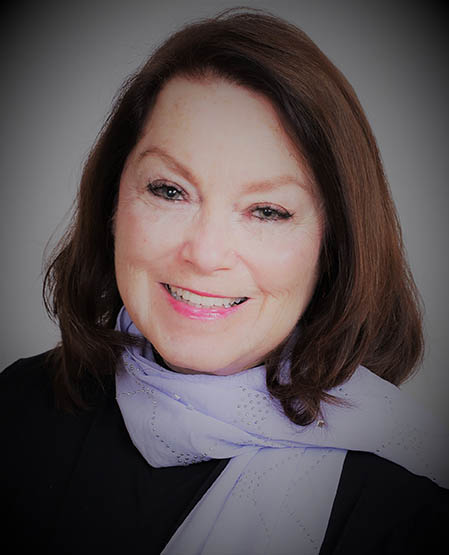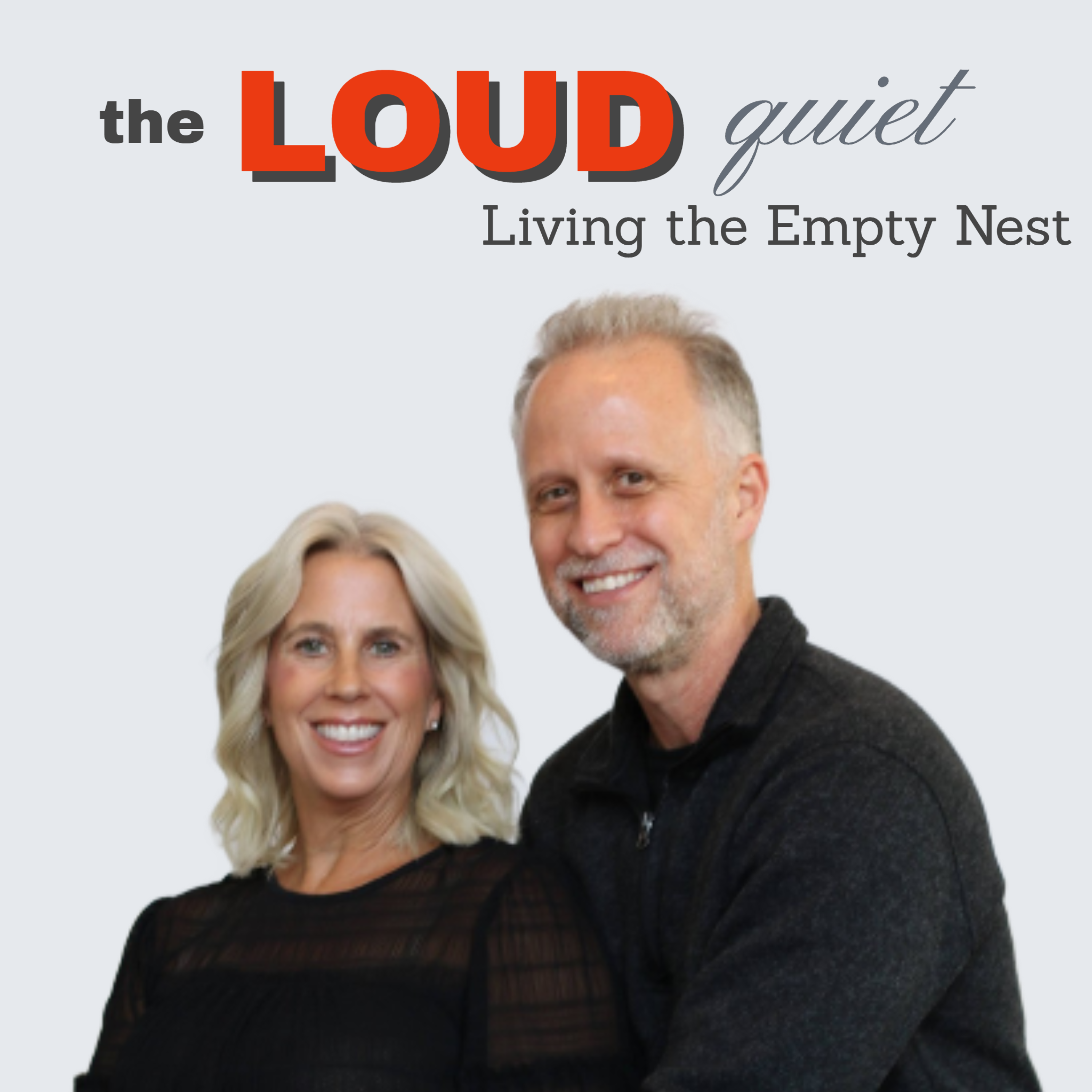Boomerang Adults and Alternative Dwelling Units
How are they connected?
As the Baby Boomer Generation ages, it becomes more and more evident that appropriate, accessible housing stock that fits the needs of the older adult is shrinking – rapidly. There is and never will be one solution – but that is a good thing because not all older adults have the same requirements for their residences. But what has turned the Boomer generation and their children upside down is the “boomerang effect!” There was a time when adult children moved away from home, only to move back in at some point. Due to many factors, parents are now finding that moving in with their children may now be the best option for them.
People are living longer and many middle-aged adults find themselves caring for their parents, other relatives and older adults. Options previously available now are becoming too expensive. Housing costs themselves are rising at unparalleled rates. This leaves the older adult with fewer and fewer solutions as their health care and other needs continue to grow.
There are a variety of options, each with its own pros and cons. One that is becoming more mainstream and receiving more attention is Accessible Dwelling Units, or ADUs.
The American Planning Association (APU) defines an ADU as:
“An accessory dwelling unit that is a smaller, independent residential dwelling unit located on the same lot as a stand-alone (i.e., detached) single-family home.”
That is a rather generic description. The key here is that the ADU must be on the same parcel of land as the main residence. In some cities, the owner is required to live on the property (but not necessarily in the ADU). ADUs are smaller and, therefore, much more affordable to create. And since they are on the property with an existing residence, utility infrastructure is already available and just needs to be modified to include the new unit.
Some popular options include:
- A structure that is built in the backyard, detached from the existing home, such as a tiny house, “granny pod” or backyard cottage. Usage of these structures could be as a rental, a “mother-in-law” suite or a guest house.
- A homeowner may wish to create an addition to the existing home that can serve as a separate living unit for either the older adult or as a rental.
- A widely used option is the internal conversation of a basement space to an apartment. These usually have a separate entrance (due to city codes). There may or may not be an entrance from the main house into the basement apartment.
- A garage conversion turning a preexisting structure into a full-blown living space. This includes outfitting it with heating and cooling, insulation, as well as adding water for a bathroom and kitchen.
- Older homes may have what could be termed a “carriage house” which is usually larger than a standard garage with high ceilings and often a second floor. The entire structure can be modified as one apartment, or the ground floor can remain the original garage.
- A much more unfamiliar option is what is called a Junior ADU or JADU. These are typically less than 500 square feet and could be what is termed a “tiny house.”
But even in a tiny house, there are some specific considerations such as the following:

Here are some examples of how an ADU can solve older adult issues:
- A family with a disabled child or relative who can live independently but needs to have assistance nearby should it be needed.
- One member of a couple has developed dementia, but the partner wants this person to remain in the home so they can care for them. And ADU could be rented out to cover increasing medical and other costs, but possibly exchange it later with a caregiver who can provide healthcare services.
- An older adult who can no longer afford to live in his home, so instead he resides in the ADU and rents out his original residence, using the income to meet his expenses. This allows him to essentially remain in his neighborhood and age in place.
- Converting an existing area or dwelling already on the property to an ADU that allows the older adult to remain close to, but separate from the family.
The example below is of a tiny home with some barrier issues to look out for:

Admittedly, having relatives move in can create a tense situation. ADU’s have the ability to solve that by creating a separate living space. The relative can help with childcare, upkeep and monitoring the surrounding residence activity increasing neighborhood safety.
There is another side to this (as there always is). People who have only lived in a single-family home may see rental housing as a threat to property values and safety. To date, there has been absolutely no evidence that ADUs affect property values in any way whatsoever. And homeowners have the tools to provide input through public notices and hearings, requests for neighborhood comments as well as appeals. Zoning development standards set by local municipalities are there to ensure future construction will maintain the current neighborhood’s “atmosphere” by setting parameters that guide the building of ADUs to “fit in” to the existing immediate area.
For more detailed information please visit:
Sanderson, Debra R. (2018) “A New But Not New Option for Aging in Place” Certified Senior Advisor’s Journal Number 73, Volume 1, 2019. Web.
If you are considering any type of ADU, ensure you utilize the information in the Silver Spaces home safety assessment. Whether moving in with family or creating a new living space, home safety is something you can plan ahead for!























